

Designed by Patkau Architects, the Audain Art Museum, located in Whistler, British Columbia, is a 56,000 square foot museum housing Michael Audain’s personal art collection which spans the history of British Columbia from the late 18th century to the present day. Spacious and minimal, the structure fits elegantly into Whistler's forest landscape, creating a serene environment for visitors. Recently, the art museum received a Lieutenant Governor of British Columbia Awards in Architecture medal in the 2017 AIBC Architectural Awards.
The design of the museum was shaped by three determinants—the challenging terrain of the site, the enormous snowfall typical in Whistler, and the need to house both the permanent exhibition of Michael Audain’s collection and temporary exhibits of all kinds.
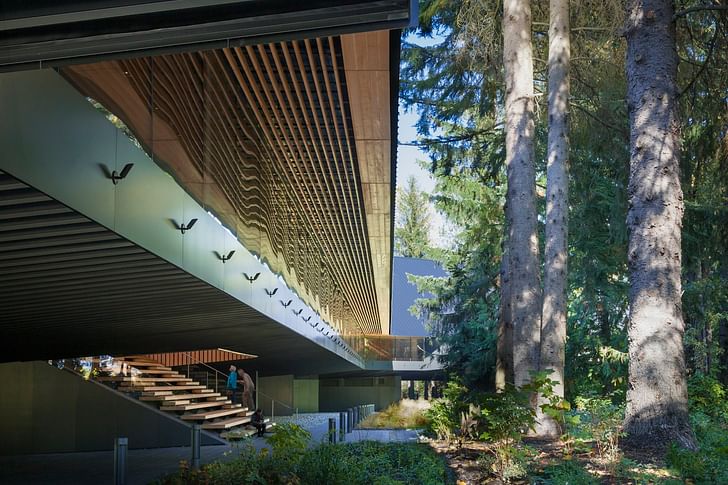
Directly responding to those given conditions, a volume of sequential public spaces and galleries is projected into an existing linear void within the surrounding forest. It is elevated a full storey above the ground and crowned with a steeply sloped roof, containing administration and back-of-house support functions.
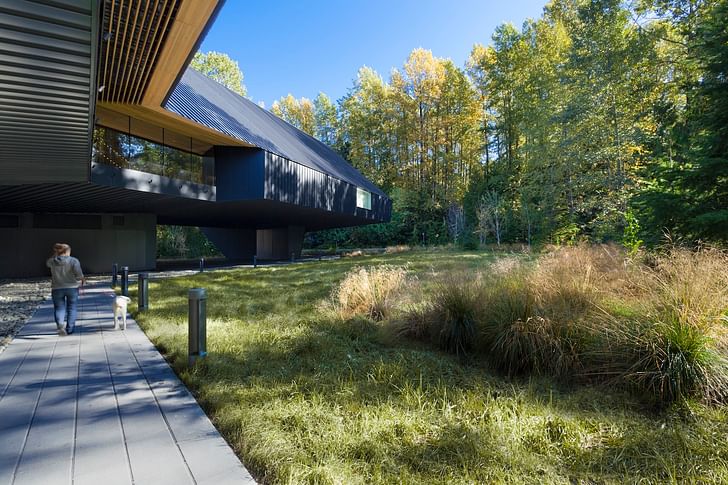
The building design and siting work synergistically within the context of the site to create a public pedestrian link, beginning from the ‘village stroll’, the pedestrian spine of Whistler Village, across Blackcomb Way, leading to and through the Museum and then across the site to Fitzsimmons Creek park.
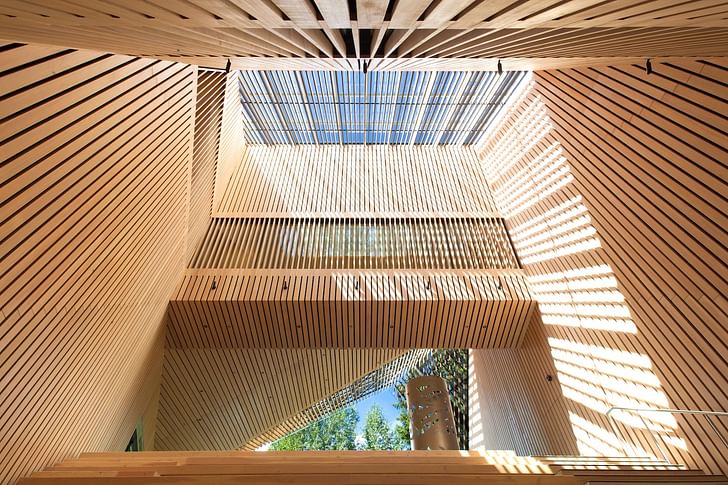
A bridge from Blackcomb Way rises through the forest to arrive at a sky lit museum entry porch, from which, visitors can either descend to the forest floor and central meadow to continue passage through the site, or enter into the museum lobby and event space. Once inside, visitors proceed along a glazed walkway overlooking the meadow below, to gain access first to the galleries which contain the permanent collection and then to the galleries which contain temporary exhibits.
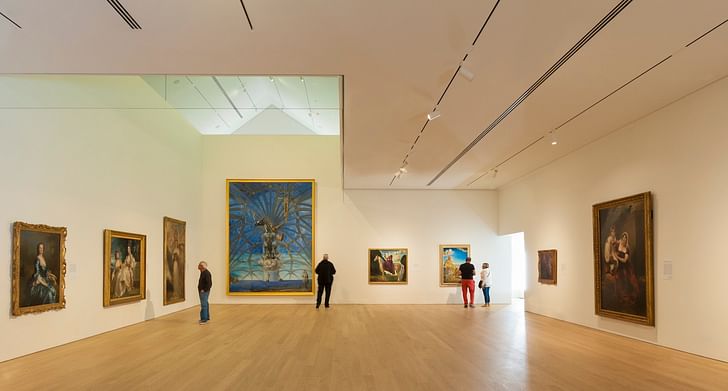
Gallery interiors in both the permanent and temporary exhibition areas are closed white volumes with minimal detail.
Deliberately restrained, the form, the character and the interiors of the building provide a quiet, minimal backdrop to the art within and the surrounding natural landscape. The simple form of the exterior is clad in an envelope of dark metal which recedes into the shadows of the surrounding forest.
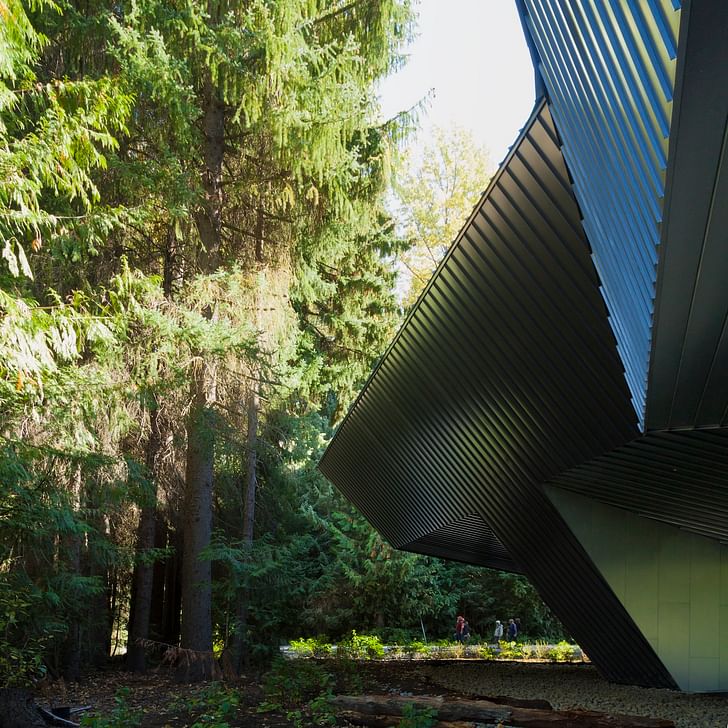

Where this envelope is opened, to provide access in the entry porch or view from the glazed walkway to the galleries, the dark metal is overlaid by a luminous wood casing. Visible from the exterior, public spaces in the interior continue this warm luminous materiality.
A designer & writer based in Los Angeles anastasiatokmakova.comyouthartsclub.com
No Comments
Block this user
Are you sure you want to block this user and hide all related comments throughout the site?
Archinect
This is your first comment on Archinect. Your comment will be visible once approved.